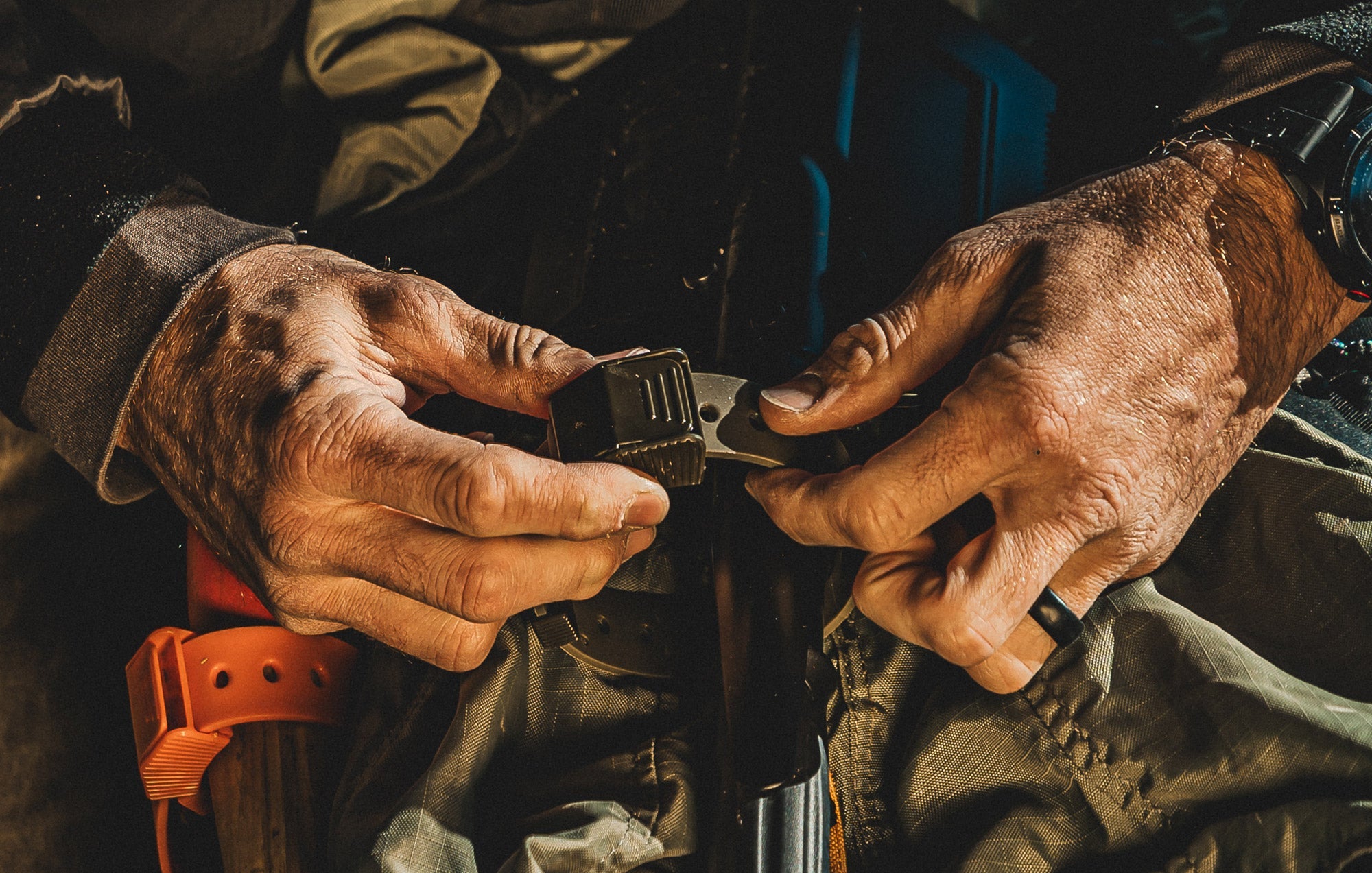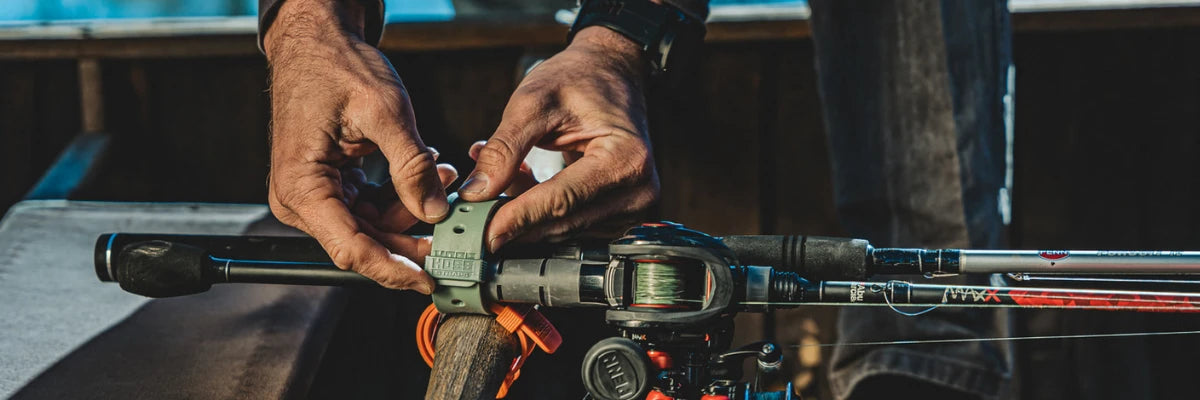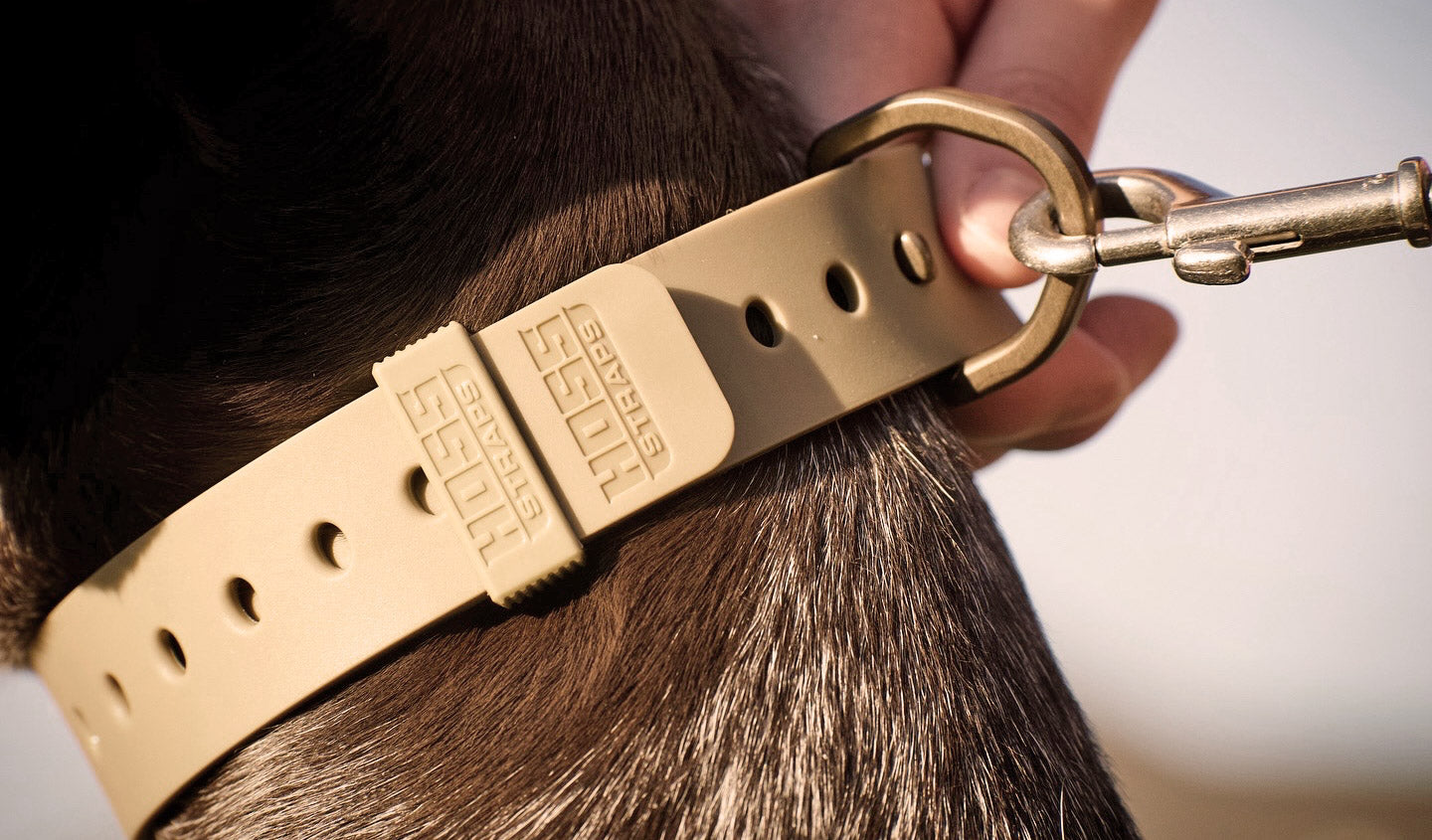Long Straps: Managing Extended Loads and Oversized Gear

Check out our 24 inch straps, overlanding straps, jeep straps, utv straps, industrial straps and more!
Why Long Straps Matter for Oversized Loads
When your gear is too big for a standard tie-down, long straps step up. Whether you’re rigging a kayak for river travel, securing industrial cargo, or strapping down outdoor equipment in the bed of your truck, the right long strap can mean the difference between peace of mind and a costly mishap. In the worlds of adventure, logistics, and daily work, reliability is everything. Outdoor professionals and gear owners know that safety starts with picking dependable tools and taking the time to secure every load correctly (Vulcan Brands, 2025).
How to Select the Right Long Strap for Your Needs
Factors to Consider: Weight Limits, Length, and Width
Not every strap is built the same. The best starting point is the working load limit (WLL) — always check the rating stamped on the tag. A strap that suits your canoe probably isn’t right for bundled lumber or a commercial generator. Length and width matter, too; longer and wider straps handle bulkier gear and distribute pressure more evenly (Vulcan Brands, 2025).
Material choice also affects grip and weather resistance. Polyester webbing resists stretching and moisture, making it a trusted standard for both weekend adventurers and logistics professionals moving loads cross-country (ReadySetSupplied, 2024).
End Fittings & Specialized Features
End fittings, like flat hooks, J-hooks, and S-hooks, let you match the strap to your tie-down points with less risk of slippage. For odd-shaped or shifting cargo, look for features such as adjustable tensioners, ratchet mechanisms, and integrated wear pads — they bring convenience and protection where it matters most (Vulcan Brands, 2025).

Best Practices for Securing Oversized Gear & Extended Loads
Preparation and Positioning
Preparation prevents accidents. Lay out your gear, inspect all straps for abrasion or worn stitching, and plan your tie-down pattern before you start. Placing straps diagonally or crosswise spreads the load and keeps things steady, even on rough roads (ReadySetSupplied, 2024).
Tensioning Techniques and Regular Checks
Hand-tight isn’t always enough. Use a ratchet or cam buckle to pull the strap snug, but don’t overdo it — crushing your load or warping frames can cause more trouble than loose webbing. On long hauls, stop every 50–100 miles to check that straps remain secure and load hasn’t shifted (ReadySetSupplied, 2024).
Common Mistakes to Avoid With Long Straps and Big Loads
Incorrect Sizing and Equipment Choice
The most common issue? Using a strap that’s too short, too thin, or not rated for the weight. Always measure before buying and check the manufacturer’s specifications. Never substitute cargo tie-downs with general-purpose rope or bungee cords for oversized applications (Load1, 2025).
Poor Route and Legal Planning
Don’t let logistics be an afterthought. Some routes require special permits for oversized cargo. Double-check clearance limits and avoid obstacles like low bridges or overhanging branches. Not following local regulations can lead to fines, delays, and unnecessary risks (ShipWSL, 2024).
Improper Tensioning and Placement Errors
Over-tightening straps can damage cargo and stress anchor points, while leaving too much slack is a recipe for rapid shifting. Fasten straps close to anchor points and spread the force evenly (Vulcan Brands, 2025).
Safety Tips for Outdoor, Trucking, and Logistics Applications
Inspection and Maintenance of Straps
Don’t take your gear for granted. Before every use, check for frayed fibers, burns, and cuts. Moisture, sunlight, and rough use take their toll. Retire straps at the first signs of serious wear — a small split can turn into a major hazard on the highway (ReadySetSupplied, 2024).
Communication and Real-Time Monitoring
When working with others — whether it’s a moving crew, a logistics team, or a group of paddlers — coordinate your plans. Clear hand signals, agreed stopping points, and shared safety checklists make moving heavy, awkward gear much smoother. For large businesses, shipment tracking and digital logs provide visibility and peace of mind (SmallBusinessCoach, 2024).

Conclusion – Dependable Gear for Every Adventure, Every Load
Long straps aren’t just accessories; they’re essential partners for anyone who hauls, camps, works outdoors, or manages freight—globally, every day. When you prepare, use the right gear, and take inspections seriously, you protect yourself, your equipment, and everyone sharing the road. Choose wisely, stay ready, and go farther—one adventure, one load at a time.
FAQ – Long Straps for Extended Loads and Oversized Gear
1. What is the safest way to secure an extended or oversized load?
Safety starts with using straps rated for your cargo’s weight, placing them evenly, and inspecting for wear before every trip. Always back up primary tie-downs with secondary restraints on extra-long or top-heavy loads.
2. How often should I check or retighten long straps when transporting a load?
Check strap tension and placement at the start, after the first 50–100 miles, and any time you stop for fuel, food, or inspections. Straps can loosen as loads settle or roads get rough.
3. Are there international regulations for transporting oversized gear with straps?
Yes. Requirements vary by country, but nearly all regions require proper equipment labeling, minimum securing standards, and sometimes route permits. Always check local rules before you haul.
4. What are the most common mistakes truck owners make when using long straps?
Truck owners often use the wrong strap size, neglect routine checks, or skip weathered straps that should be retired. Being diligent about safety pays off every single trip.
5. Can long straps be used for securing outdoor recreational gear and freight alike?
Absolutely. As long as the strap is rated for the specific load, the principles are the same—regular inspection, smart placement, and attention to weather and tension details.
Ready to handle oversized gear with confidence? Visit Hoss Straps Collections for durable long straps made for safety, reliability, and peace of mind on every journey!




